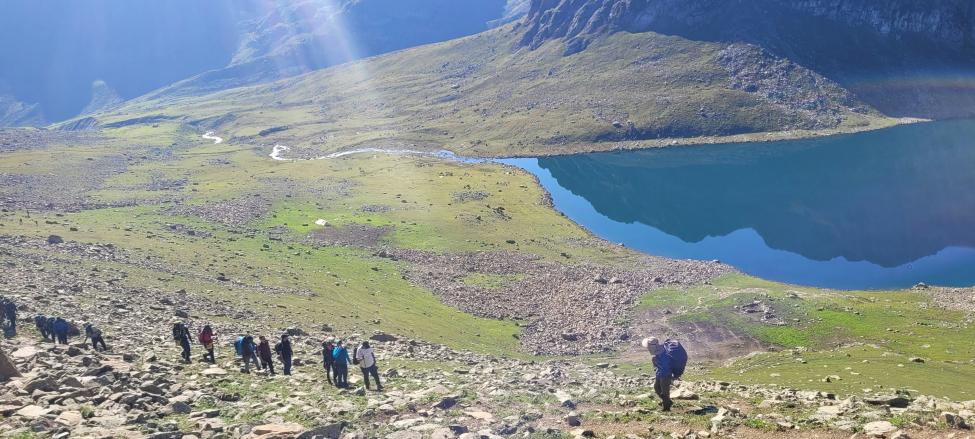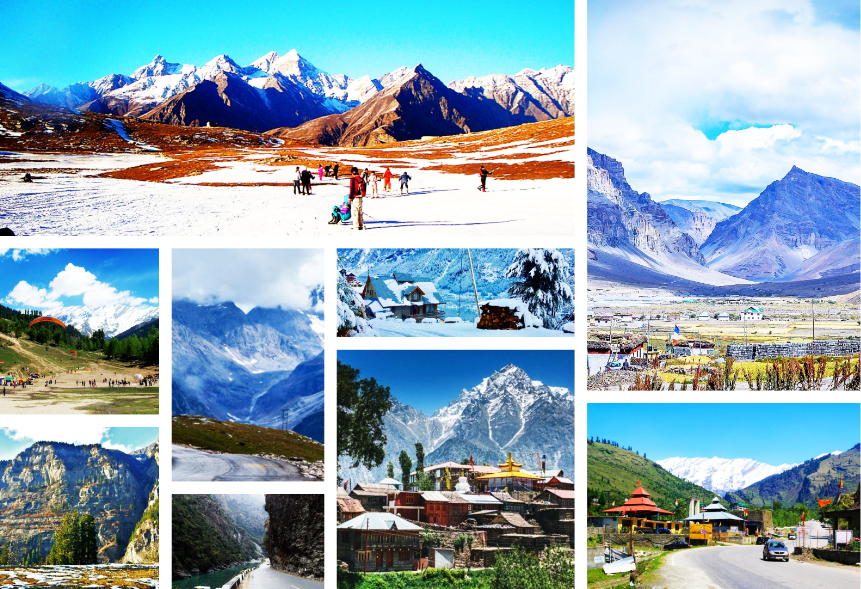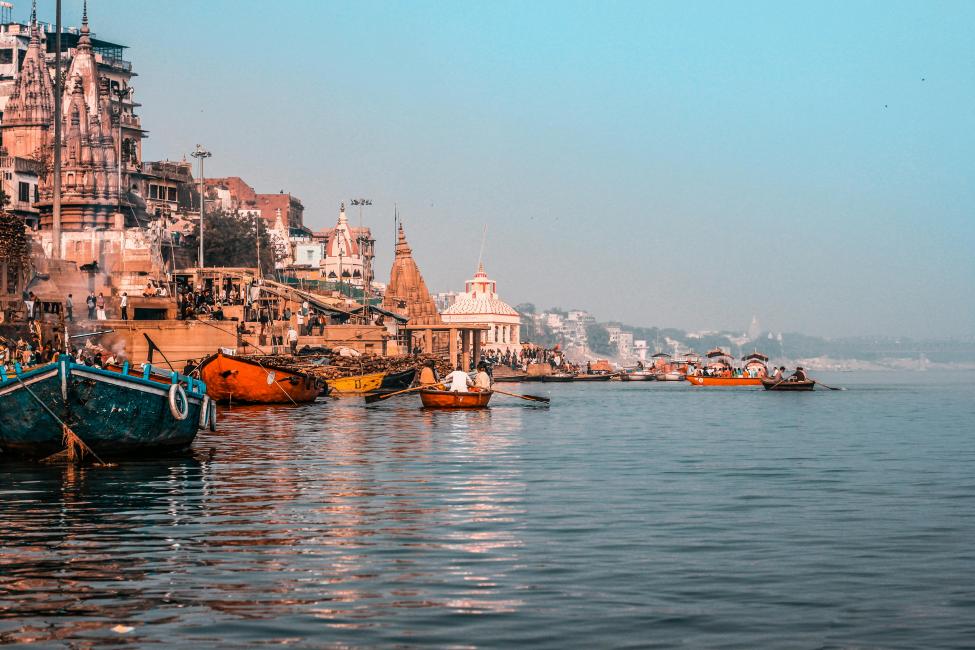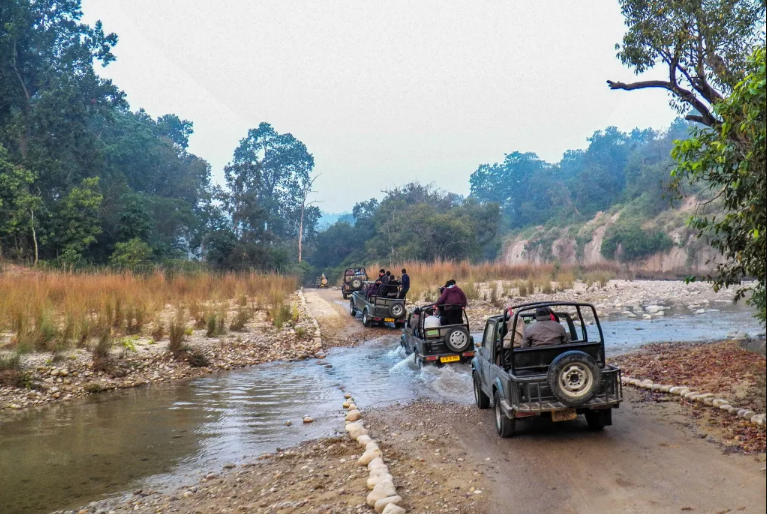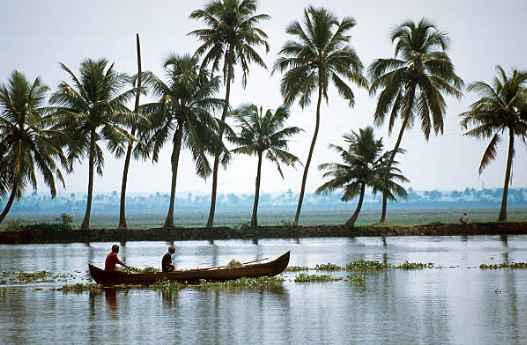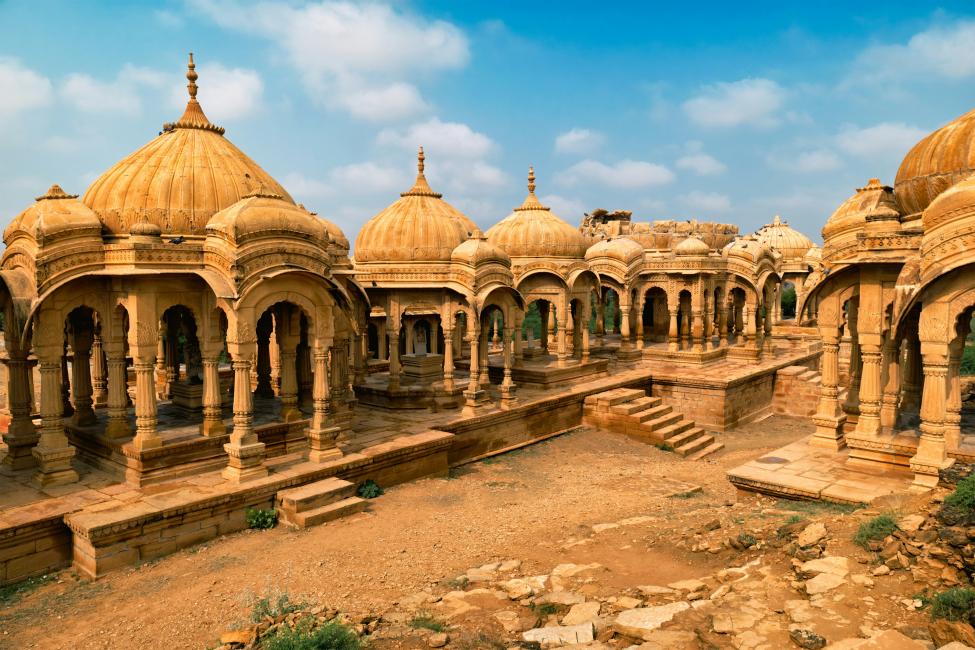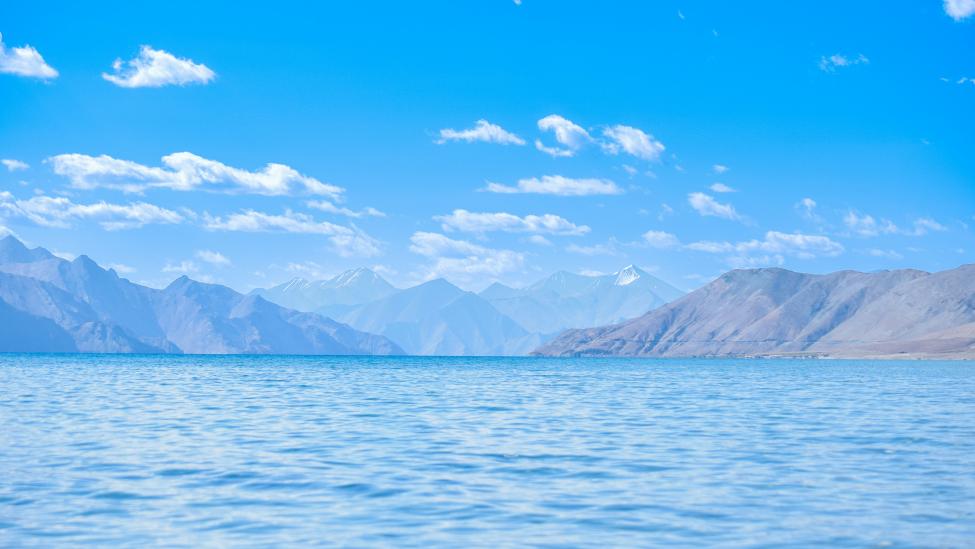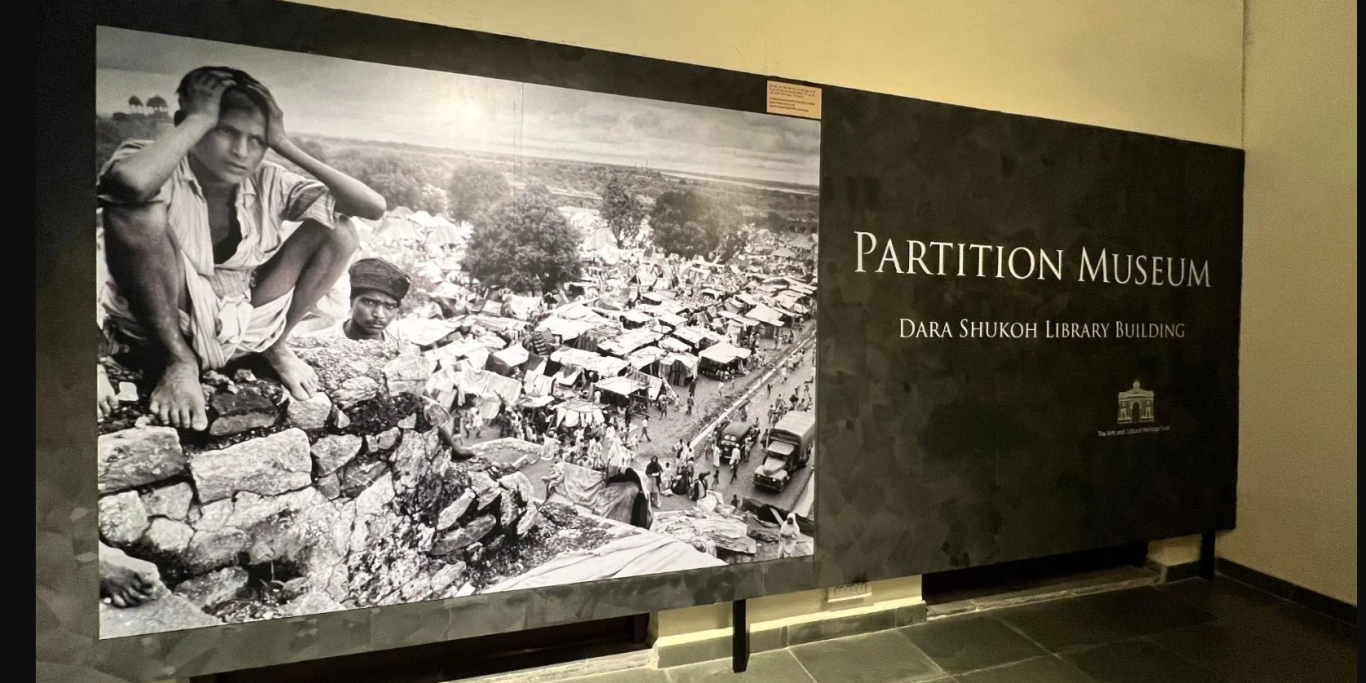 Partition Museum, Delhi
Partition Museum, Delhi
Partition Museum Delhi - History, Timings, Location & Travel Guide
The Partition Museum Delhi offers a moving journey into India’s Partition of 1947 through personal stories, rare photos, and preserved belongings. Located near Kashmere Gate, it’s a must-visit for those who want to connect with India’s history on a human level.
Partition Museum - Delhi,
The Partition Museum in Delhi, located at the historic Town Hall near Kashmere Gate, is a space that preserves the untold human stories of the Partition. Unlike traditional museums that focus only on rulers, battles, or monuments, this one highlights the voices of ordinary people who lost their homes, families, and yet carried hope for a new future.
The Partition Museum is not just a place - it is an experience. As you walk through its galleries filled with letters, photographs, and memories, you are transported to the most emotional chapter of India’s history: the Partition of 1947.
It was established by the Arts and Cultural Heritage Trust (TAACHT), with the vision of creating a “people’s museum.” Its galleries cover not just the migration but also the resilience, rebuilding, and cultural legacy that followed. For visitors, the museum is a rare chance to connect personally with history, making it one of the most meaningful museums in India.
Visitor Information:
- Location: Town Hall, Kashmere Gate, Delhi.
- Timings: 10:00 AM – 6:00 PM (Closed on Mondays & Public Holidays).
- Entry Fee: ₹20 (Indian visitors), ₹200 (Foreign visitors). Discounts for students & senior citizens.
History of Partition Museum Delhi:
The Partition of India in 1947 was the largest mass migration in human history, with nearly 14 million people displaced. Yet, for decades, there was no dedicated space to preserve this memory. The Partition Museum was conceived to document the struggles, courage, and resilience of those who lived through that time.
Opened in Delhi to complement the first Partition Museum in Amritsar, this museum focuses on Delhi’s central role during Partition. Being the capital, Delhi became the first home for lakhs of refugees, with camps and colonies like Lajpat Nagar, Rajinder Nagar, and Patel Nagar emerging as settlements for displaced families.
Through its exhibits, the museum not only records pain and loss, but also the hope, rebuilding, and new beginnings that defined post-Partition India.
How to Reach Partition Museum Delhi:
- By Metro: The nearest metro station is Kashmere Gate Metro Station (walking distance).
- By Bus: DTC buses frequently stop near Kashmere Gate and Town Hall.
- By Car/Taxi: Easily accessible by car, taxi, and auto-rickshaw.
- Parking Information: Limited parking is available near the museum; visitors are advised to use metro for convenience.
What to See Inside the Partition Museum:
The museum is thoughtfully divided into sections, each focusing on a different aspect of Partition:
- Oral Histories & Survivor Accounts – Listen to moving audio-visual stories of those who lived through Partition.
- Personal Belongings – Everyday items like utensils, trunks, clothes, and books carried during migration.
- Letters & Diaries – Handwritten notes that reveal the emotions of separation and hope.
- Newspaper Archives – Original clippings and reports from 1947.
- Maps & Migration Routes – Detailed visuals showing the largest migration in human history.
- Memorial Space – A serene area for reflection and tribute to those who suffered.
Nearby Places to Visit:
Since the museum is located in Old Delhi, you can also explore:
- Red Fort - Iconic Mughal fortress and UNESCO site.
- Jama Masjid - One of India’s largest mosques.
- Chandni Chowk - Famous for food and shopping.
- St. James’ Church - Among the oldest churches in Delhi.
- Raj Ghat - Mahatma Gandhi’s memorial.
Travel Tips: Since the museum is emotionally heavy, plan some time afterwards to relax — perhaps enjoy a walk around nearby Chandni Chowk with its vibrant food culture.

 Discover Okha: The Gateway to Dw..
Discover Okha: The Gateway to Dw.. Harsiddhi Temple Ujjain: A Sacre..
Harsiddhi Temple Ujjain: A Sacre.. Diu: The Island of Serenity and ..
Diu: The Island of Serenity and .. Patna - The Historic Heart of Bi..
Patna - The Historic Heart of Bi.. Daksha Mahadev Temple Haridwar |..
Daksha Mahadev Temple Haridwar |.. Top Markets & Food Spots in Delh..
Top Markets & Food Spots in Delh.. Pangong Tso (Pangong Lake) Trave..
Pangong Tso (Pangong Lake) Trave.. Select Citywalk Mall Delhi – S..
Select Citywalk Mall Delhi – S.. Nizamuddin Dargah Delhi - Timing..
Nizamuddin Dargah Delhi - Timing.. Discover Palitana: The Sacred Ci..
Discover Palitana: The Sacred Ci.. Best Places to Visit in Narkanda..
Best Places to Visit in Narkanda.. Gujarat - The Land of Heritage, ..
Gujarat - The Land of Heritage, .. Kirti Mandir, Vadodara - A Monum..
Kirti Mandir, Vadodara - A Monum.. Har Ki Pauri Haridwar | Complete..
Har Ki Pauri Haridwar | Complete.. Jaisalmer: The Golden City of Ra..
Jaisalmer: The Golden City of Ra..
